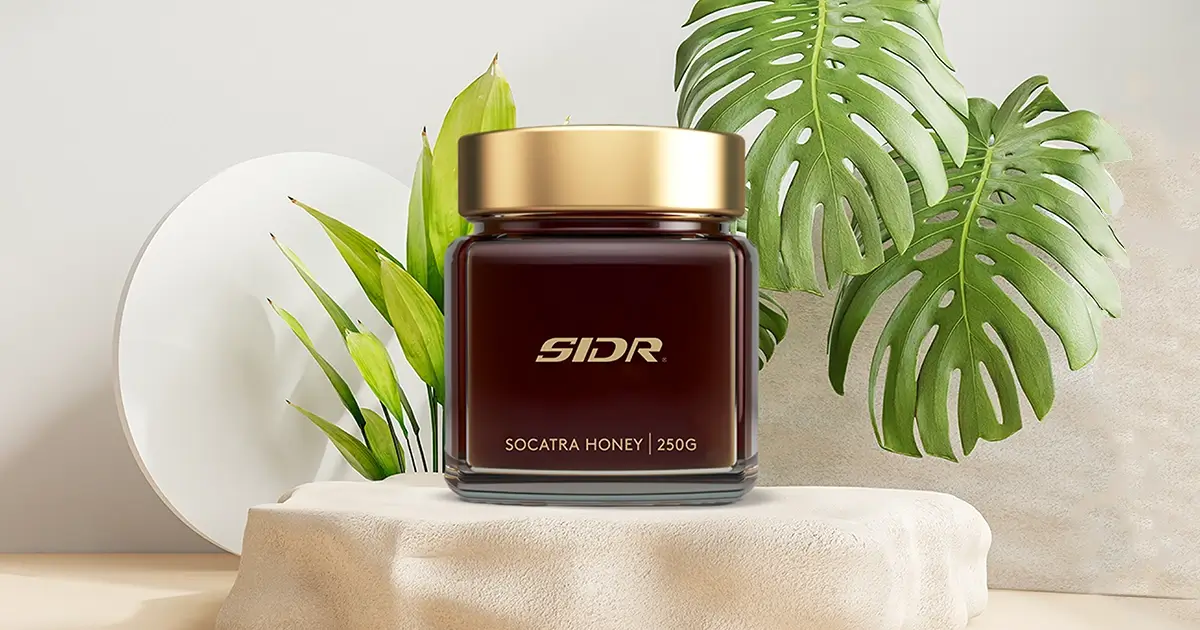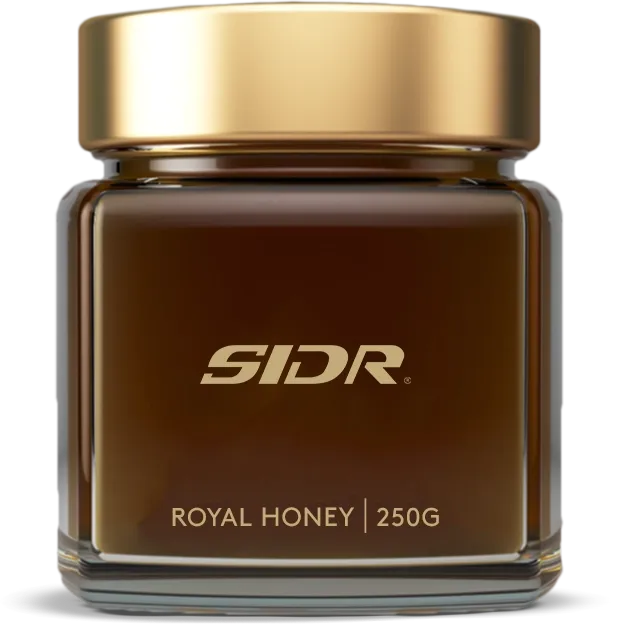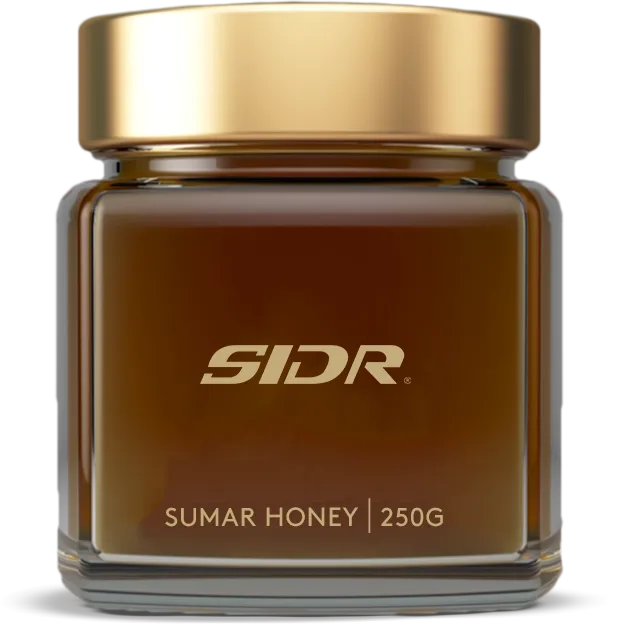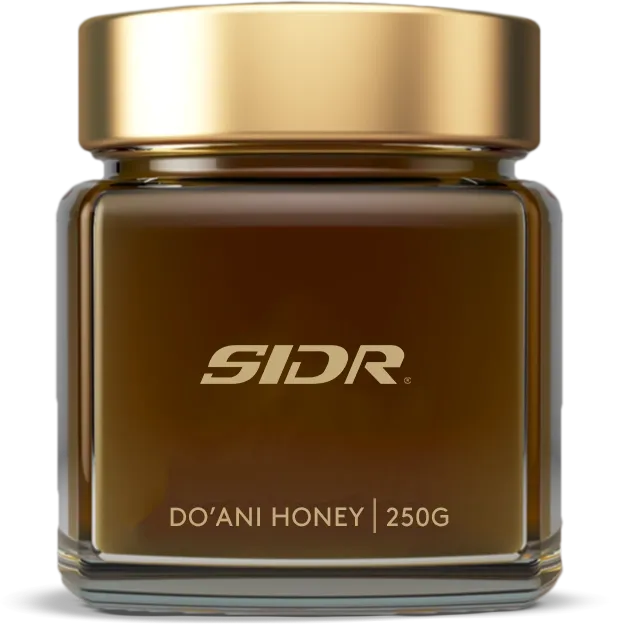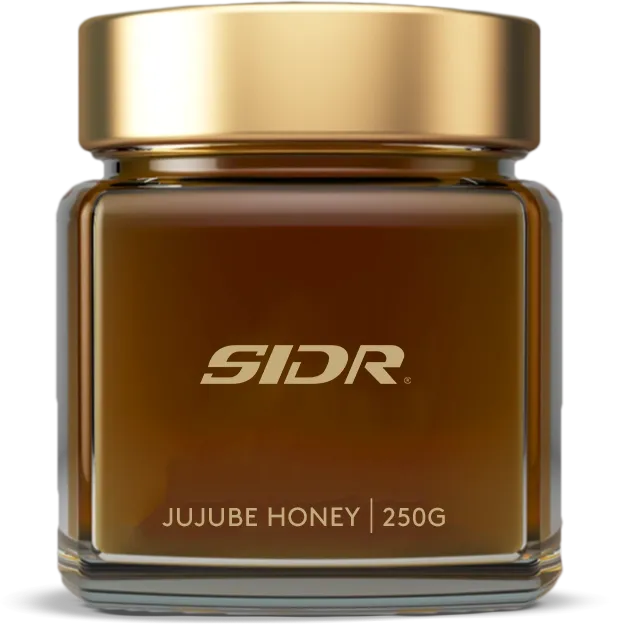The Story of SIDR Honey From Hive To Home
Honey has been cherished by humans for centuries, not only for its unparalleled sweetness but also for its numerous health benefits. While honey can be found in various forms and flavors, SIDR honey stands out as a true treasure in the world of apiculture.
This golden elixir, produced by bees from the nectar of SIDR Trees (Ziziphus spina-christi), carries with it a rich history and a distinctive flavor profile that sets it apart from other types of honey. Join us on a fascinating journey from the foot of the mountain, where the story of SIDR honey begins, all the way to your home.
The Origins of SIDR Honey
The journey of SIDR honey starts at the base of towering mountains, where SIDR Trees (Ziziphus spina-christi) thrive. These ancient and revered trees have been cultivated for centuries, and their nectar is the lifeblood of this unique honey. The story of SIDR honey begins with the trees, their fragrant blossoms, and the dedicated bees that visit them.
The bees responsible for producing SIDR honey are no ordinary bees; they are a special breed, known for their diligent work ethic and a preference for the SIDR Tree's blossoms. This harmonious relationship between the SIDR Tree (Ziziphus spina-christi) and the bees is where the magic begins.
The Harvesting Process
Harvesting SIDR honey is an art form that requires skill, patience, and a deep understanding of nature's rhythms. Unlike mass-produced honey, which often relies on industrial methods, SIDR honey is harvested in a way that respects both the bees and the environment.
Here's a glimpse into the traditional harvesting process that takes place at the mountain's foot:
1. Blossom Season: The timing of the harvest is crucial. Beekeepers closely monitor the SIDR Trees (Ziziphus spina-christi), waiting for the moment when their blossoms are in full bloom. This is when the nectar flows most abundantly, and the bees are busiest collecting it.
2. The Beekeeper's Skill: Beekeepers, often with generations of knowledge passed down, gently approach the hives. Their experience allows them to extract honey without causing harm to the bees or disturbing the delicate ecosystem of the hive.
3. Hand Extraction: SIDR honey is meticulously harvested by hand. Beekeepers use specialized tools to carefully remove the honeycombs from the hives. Each comb is a masterpiece of nature's design, filled with precious honey.
4. Natural Filtering: The harvested honey undergoes a natural filtration process, removing impurities while preserving its unique flavor and aroma. This hands-on approach ensures that the honey remains as pure and unadulterated as possible.
The Unique Flavor of SIDR Honey
One of the most remarkable characteristics of SIDR honey is its exceptional flavor profile. The nectar of the SIDR Tree (Ziziphus spina-christi) imparts a distinctive taste that is both rich and complex. Here's what you can expect when you savor SIDR honey:
1. Exquisite Sweetness: SIDR honey is renowned for its exquisite sweetness, making it a favorite for those with a sweet tooth. Each spoonful is a burst of natural, unprocessed sugar, making it a healthier alternative to refined sugars.
2. Subtle Floral Notes: The SIDR Tree's blossoms infuse the honey with delicate floral undertones. These notes add depth and complexity to the honey's flavor, making it a delight for the palate.
3. Thick and Luxurious Texture: SIDR honey has a thick, luxurious texture that coats your taste buds with a velvety richness. It's perfect for drizzling over desserts or adding to your morning tea.
From Hive to Home
The journey of SIDR honey from the mountain's foot to your home is a testament to the dedication of beekeepers and the wonder of nature. Each jar of SIDR honey carries not just the sweet essence of the SIDR Tree (Ziziphus spina-christi) but also the stories of generations of beekeepers who have preserved this tradition.
As you enjoy SIDR honey in your home, you become a part of this rich history. Your taste buds savor the fruits of nature's labor, and your body benefits from the honey's numerous health properties. It's not just honey; it's a story of tradition, craftsmanship, and nature's bounty.
The Story Begins
SIDR honey, with its unique flavor and rich history, exemplifies the magic of hive to home. The journey from the foot of the mountain to your table is a journey of passion, craftsmanship, and respect for nature.
Each jar of SIDR honey is a testament to the centuries-old relationship between the SIDR Tree (Ziziphus spina-christi), the bees, and the skilled beekeepers who nurture this precious resource.
